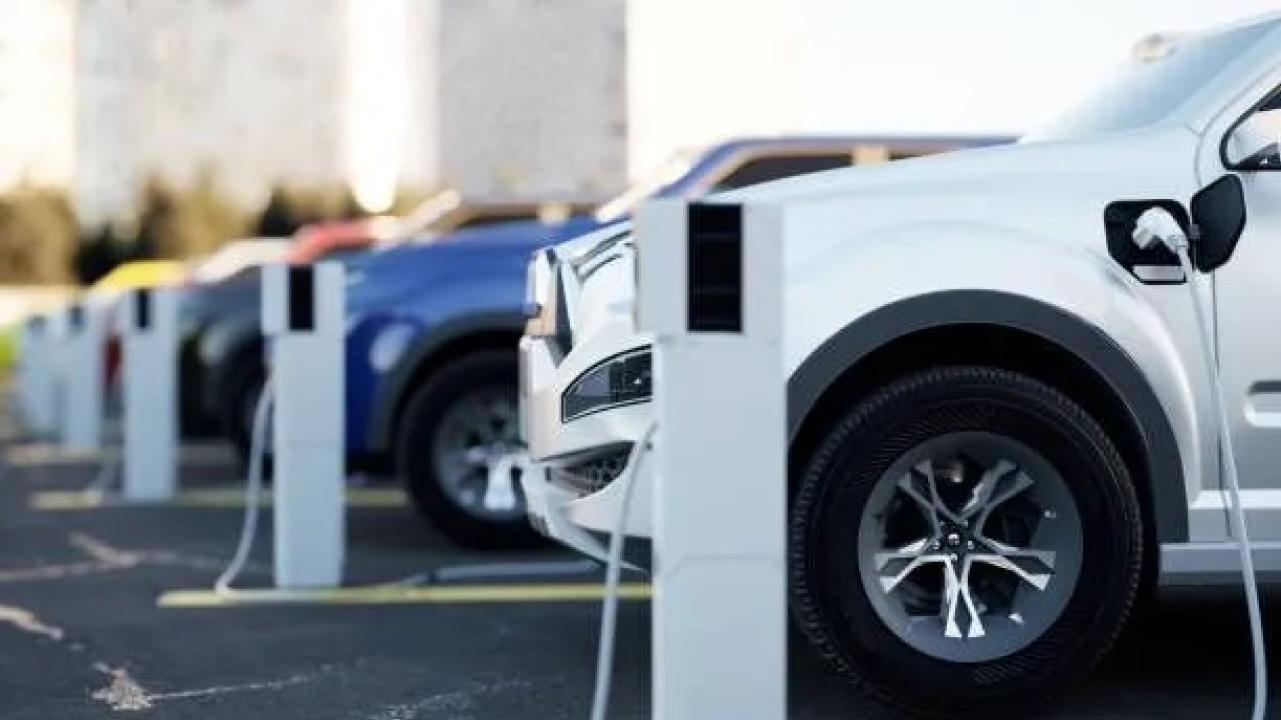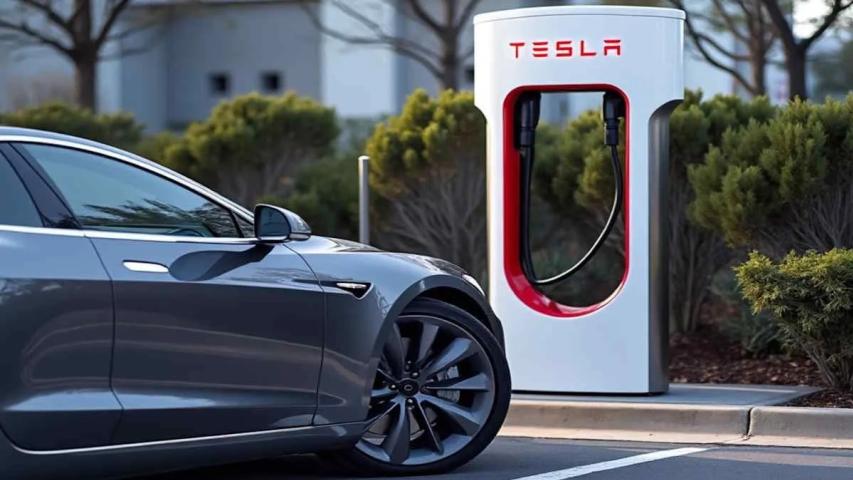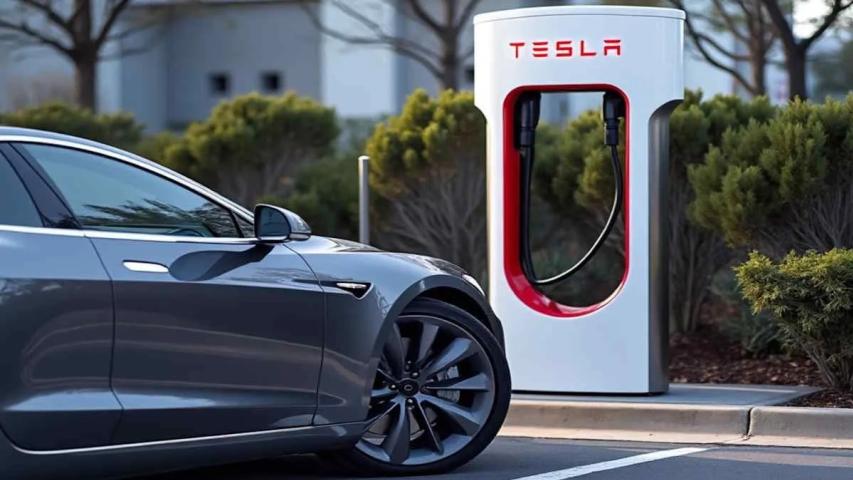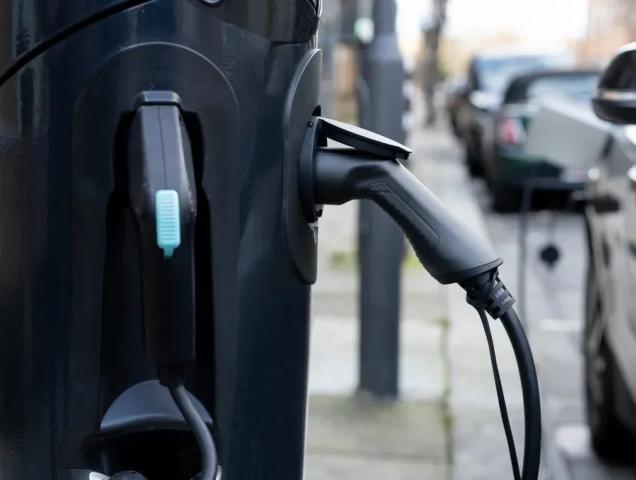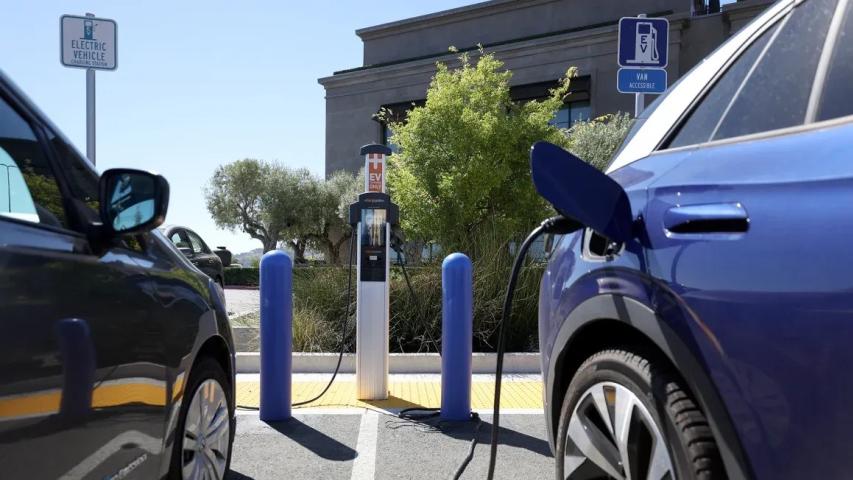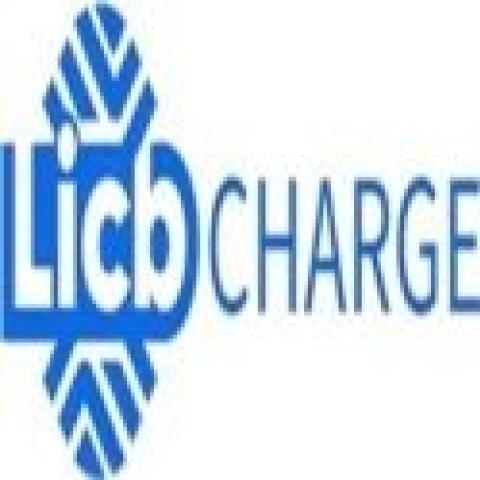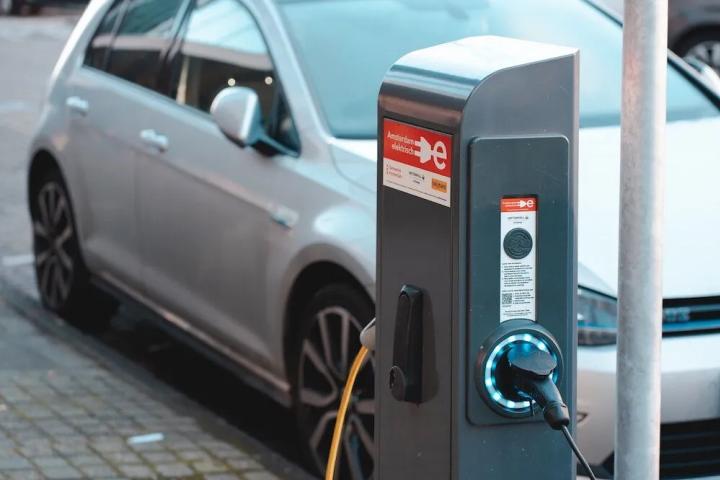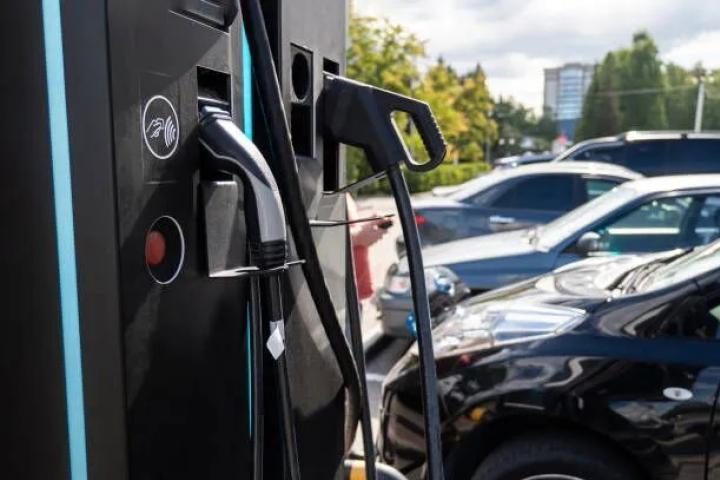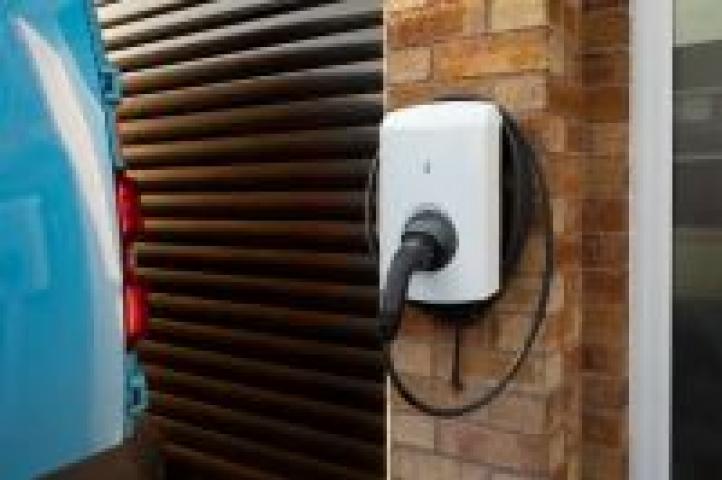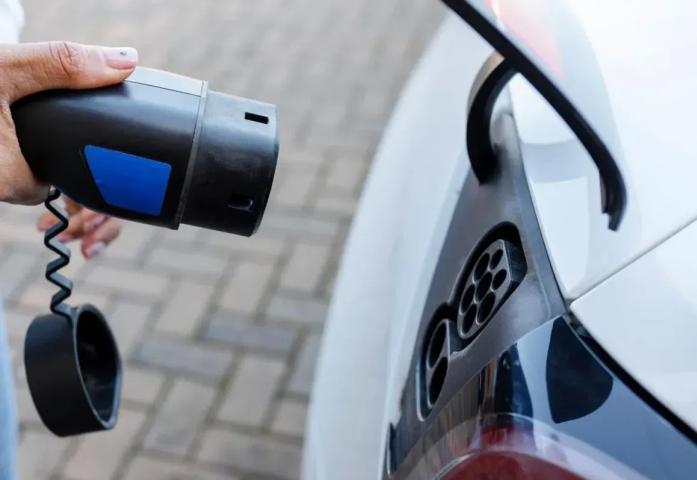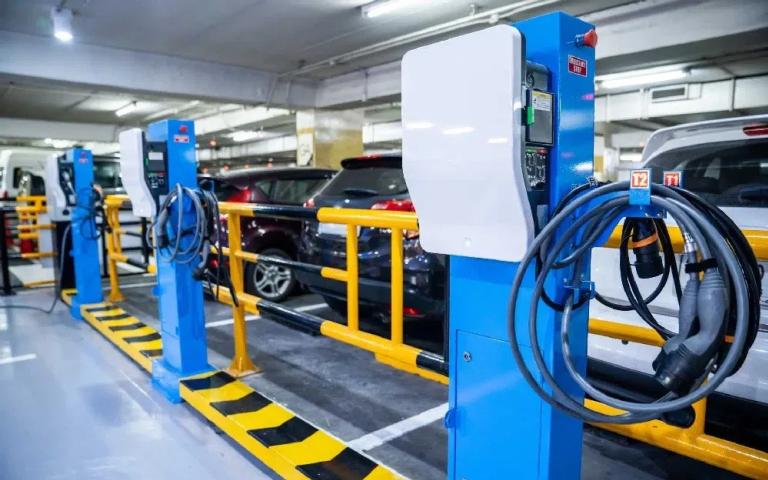As a professional EV charger manufacturer in China, Topper Company delivers dependable electric vehicle charging station equipment and comprehensive charging solutions.Introduction As electric vehicles (EVs) become more mainstream, choosing the right Electric Vehicle Supply Equipment (EVSE) is a crucial decision for EV owners, fleet managers, and businesses. Among the primary options available, Direct Current Fast Charging (DCFC), also known as Level 3 charging, and Level 2 charging stand out. Although both are used to power EVs, they cater to different needs and have distinct advantages. The question often arises: Is faster always better when it comes to EV charging? The answer is more nuanced than a simple yes or no.
Direct Current Fast Charging (DCFC): Speed Meets Convenience DCFC, or Level 3 charging, is designed for rapid charging. With the ability to charge an EV’s battery from empty to full in about 20 minutes to an hour, depending on the vehicle’s battery capacity and charger output, DCFC is ideal for scenarios where speed is critical. These chargers are typically found in high-traffic areas such as highways, busy urban centers, and gas stations.
The primary advantage of DCFC is its ability to minimize downtime. This makes it perfect for long-distance travelers or commercial fleets operating under tight schedules. However, the benefits come with a hefty price tag. DCFC stations are significantly more expensive to install and maintain, requiring specialized electrical infrastructure to support their high power demands.
Level 2 Charging: The Workhorse of EV Charging In contrast, Level 2 chargers are slower but more cost-effective. Typically taking 4 to 10 hours to fully charge an EV, Level 2 chargers are best suited for situations where vehicles are parked for extended periods, such as at homes, workplaces, or overnight fleet depots.
Level 2 chargers are simpler and more economical to install and maintain. Most EVs spend significant time parked, allowing Level 2 chargers to provide reliable charging overnight or during the workday without the need for rapid energy delivery.
Choosing the Right Charging Solution Selecting the appropriate charging solution depends on understanding the specific needs of your charging situation. Key factors include:
-
Dwell Time: How long are the vehicles typically parked? If the vehicles remain parked for several hours, Level 2 charging is ideal. For fleets that charge overnight, Level 2 chargers are the most practical choice.
-
Battery Size and Usage: Larger batteries that need round-the-clock power may require a combination of Level 2 and DCFC to meet varying energy needs.
-
Cost Considerations: DCFC chargers are more expensive to install and operate. If cost is a primary concern, Level 2 chargers are more economical.
-
User Experience: Offering Level 2 chargers in workplaces or residential complexes can enhance user satisfaction, as it is a practical and affordable solution for daily use.
Is Faster Always Better? The short answer is no. While DCFC offers speed, it’s not always necessary. The charging speed should align with the vehicle’s energy requirements and how long it is parked. In many cases, Level 2 charging is sufficient for most users’ needs.
Here’s why Level 2 charging is often a better choice:
-
Depot Charging for Fleets: For fleet operators, Level 2 chargers provide a cost-effective and practical solution for overnight charging. This ensures vehicles are ready for use the next day without affecting operational efficiency.
-
Home Charging Dominance: Approximately 80% of EV charging occurs at home, where Level 2 chargers are the standard. This underscores the importance of slower, more affordable charging solutions.
-
Commuting Patterns: The average daily commute is typically around 30 miles. Most EV owners don’t need to fully charge every day, and Level 2 charging can meet their needs.
-
Cost Efficiency: Level 2 chargers are cheaper to install and operate. For example, in California, DCFC costs around 40 cents per kWh, while Level 2 costs about 30 cents per kWh. Over time, these savings can be significant.
-
Battery Health: Frequent use of DCFC may impact battery longevity due to the high power levels. Level 2 charging, being slower and more gradual, is less taxing on the battery and may extend its lifespan.
The Role of DCFC in the EV Ecosystem Although Level 2 charging is often more practical for most everyday scenarios, DCFC still plays an essential role in the broader EV ecosystem. It addresses the need for rapid charging in specific situations, such as long-distance travel or commercial fleets on tight schedules. DCFC stations help reduce range anxiety and support the widespread adoption of EVs, especially for drivers without access to home charging.
However, over-relying on DCFC can lead to unnecessary infrastructure costs and challenges. A well-rounded charging network that incorporates both Level 2 and DCFC options ensures that drivers have access to the right charging solution for their needs.
Conclusion: Matching Speed to Need In the debate between DCFC and Level 2 charging, faster is not always better. The optimal charging solution depends on various factors such as dwell time, cost, and the vehicle’s energy requirements. For most everyday situations, Level 2 charging provides a reliable, cost-effective, and practical solution. Meanwhile, DCFC serves as a valuable complement for those times when speed is essential.
As the EV market continues to grow, it’s important to build a diverse and flexible charging infrastructure that accommodates all users. By understanding the strengths and limitations of both DCFC and Level 2 charging, businesses, fleet operators, and individuals can make informed decisions that contribute to the transition toward cleaner, more sustainable transportation.Know more about Google SEO Directory
